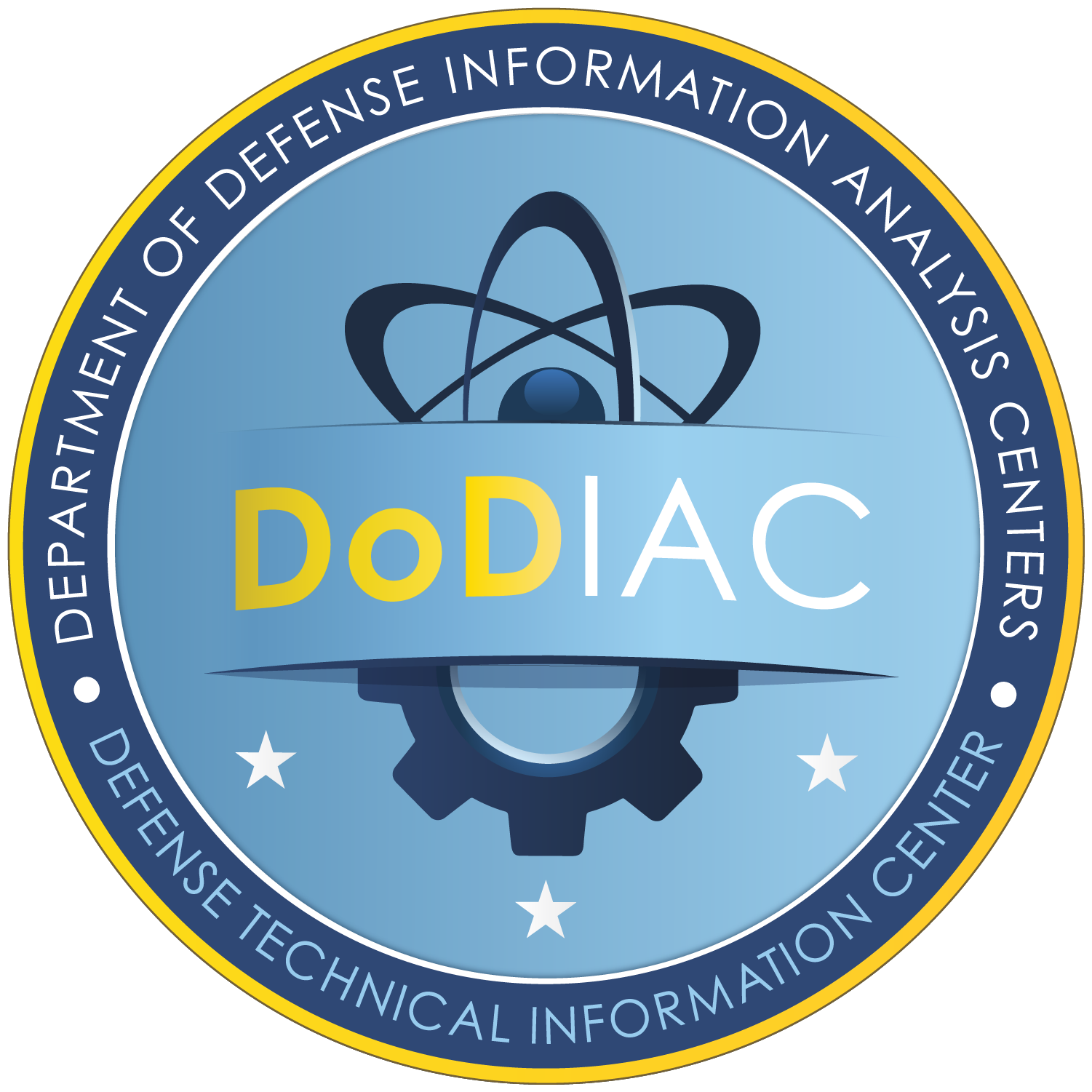This issue of the HDIAC Journal touches on seven of HDIAC’s focus areas. In alternative energy and biometrics, articles look at new ways to power individual warfighter and explore video analytics. Then, in CBRN and critical infrastructure protection, authors discuss how to engage neuroscience in defense operations and securing and defending the U.S. food infrastructure. Next, in homeland defense and security, scientists are trying to reduce the battery costs of battlefield situational awareness. On the medical front, scientists are researching treatments for MRSA as well as how sleep impacts performance and post traumatic stress disorder. Finally, the article in the weapons of mass destruction focus area discusses nuclear weapons effects predictions for ground shock and target response.

Winter 2017: Volume 3 Issue 4
Published: December 12, 2016

